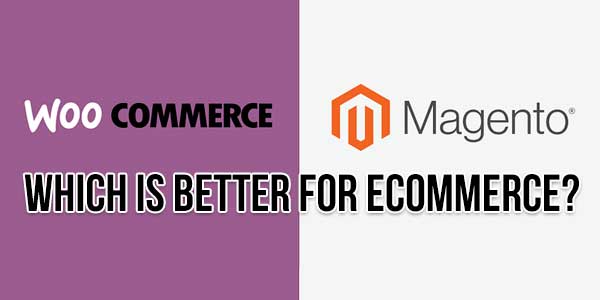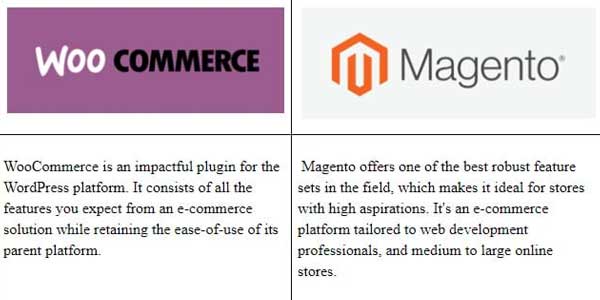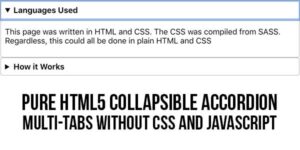
Choosing an e-commerce platform ain’t just picking some software. It’s about laying the whole base for how your store will run. Everything depends on what you pick, from adding products to managing sales to checking out plugins. That’s why a lot of store owners end up comparing WooCommerce and Magento.
Now, both platforms are solid in their own way. Magento is known for big stores with custom needs, and WooCommerce is more for sellers who want flexibility without needing a developer every time. But which one fits your kind of store better? That’s what we’re about to find out here.
In this blog we’re gonna go through both of them, see where each stands, who they’re good for, and why you might want one over the other. And yeah we’ll look into costs, ease of use, performance, and other stuff like plugin support and store growth.
So if you’re stuck between WooCommerce and Magento, wondering what to go with, just keep reading. This might help you figure it out without making things too complicated or tech-heavy.
Table of Contents
Benefits of Going With WooCommerce:
Let’s just say it how it is. If you’re running a small to medium online store or even planning to scale up later, WooCommerce is one of the easiest paths to take. It’s built on WordPress, which is already popular and way simpler to manage than a full-on platform like Magento. So setup is easier, and even folks who don’t know much tech can get started with it.
One of the biggest reasons people go with WooCommerce is the plugins. There are thousands of them out there. You don’t need to custom-code stuff. Just grab a plugin that adds what you need, and it’s ready. Whether it’s shipping features, payment stuff or design tools, WooCommerce has something.
And that’s where the WooCommerce Customise My Account Page plugin comes in. You can turn that plain My Account area into something way more useful. Add new tabs, show order history neatly, and even put in downloadable files or forms. It makes the customer experience better without needing dev help.
Here are some more reasons why WooCommerce works for a lot of store owners:
- Works well for stores of any size, from a few products to a few thousand
- Super easy to install manage, and update through WordPress
- Huge collection of plugins and themes, both free and paid
- You control everything, it’s self-hosted and flexible
- Integration with almost every payment gateway out there
- You can run blogs, landing pages, and your store all on one site
- Plugins like File Uploader for Personalised Orders or Checkout Field Editor make the store more complete
So yeah if you want something that’s beginner friendly but still powerful enough when your store grows WooCommerce gives you that mix.

Benefits of Going with Magento:
If you’re someone who’s running a larger store or has plans to scale big, Magento might be what you’re after. This platform’s known for how much control it gives store owners. From product listings to complex pricing setups and multiple storefronts, you get a lot under the hood.
Magento is also more geared towards developers or teams who got the skill to build out what they need. It ain’t always plug-and-play but when set up right, it can handle some heavy-duty stuff. So if your store’s got tons of traffic or you’re working with B2B or wholesale stuff, Magento can keep up.
Here’s why some store owners go with Magento:
- You can run more than one store using the same backend
- Works great for businesses selling in bulk or needing custom pricing rules
- It lets you manage complex product setups like bundles and grouped items
- A strong user permission system lets you assign roles and limit access
- Better suited for developers who want full control over custom features
That said, Magento is not for everyone and if you’re just starting out or whether your tech skills are basic, it might feel like too much. But for big brands or folks wanting full control, it’s a strong choice.
The Best Option for eCommerce?
So, when it really comes down to choosing what works better for online stores, WooCommerce ends up being the top pick. There are a lot of reasons behind this choice, and it’s not just about how popular it is. WooCommerce makes things easier for store owners from all kinds of backgrounds, whether you’re new to the game or already running multiple shops. It fits with small setups and large product lines, both without making the setup process feel like a headache.
One of the big things is control. With WooCommerce, you get more say in how your site runs, looks and grows over time. There are loads of plugins available, and the support around them is strong. You can build things your way and still keep it simple enough to manage.
Also, pricing plays a big role here. Since WooCommerce runs on WordPress, you don’t always have to spend a lot to get started. You pick the plugins and tools you need. So if you want to install something like a Product Designer for WooCommerce, you just grab it from your dashboard and you’re set.
Now, this doesn’t mean Magento is weak. Not at all. It’s still strong and used by big companies for a reason. But if we talk about flexibility, easier handling, and a plugin system that helps small to mid-size stores do more, WooCommerce takes the lead, specifically because it is 2025 and things are changing at a rapid pace. It is much better to have a step that moves along with the changes.
Conclusion:
You must mainly focus on what your needs and store plans are when picking between WooCommerce and Magento. WooCommerce is much more suitable for smaller stores that are built on WordPress. It’s quick to set up, and you don’t need to hire a developer to get it running.
Magento is good if you’re building a large store with thousands of products or if you have complex requirements. But it takes more time to handle, and usually you’ll need someone with tech skills to manage it. Hosting costs and setup for Magento can also get higher.
So what should you look for? Think about your store size, your team, your budget, and how fast you want to launch. WooCommerce is easier if you want flexibility without spending much. Magento gives more control, but with more responsibility too.
Pick the one that matches your store’s future. If you just need a clean easy store WooCommerce might be the better start. If you need something built for scale and got the support for it Magento can work better. Either way choose the one that fits your goals not just what sounds fancy.

 About the Author:
About the Author:
















Be the first to write a comment.